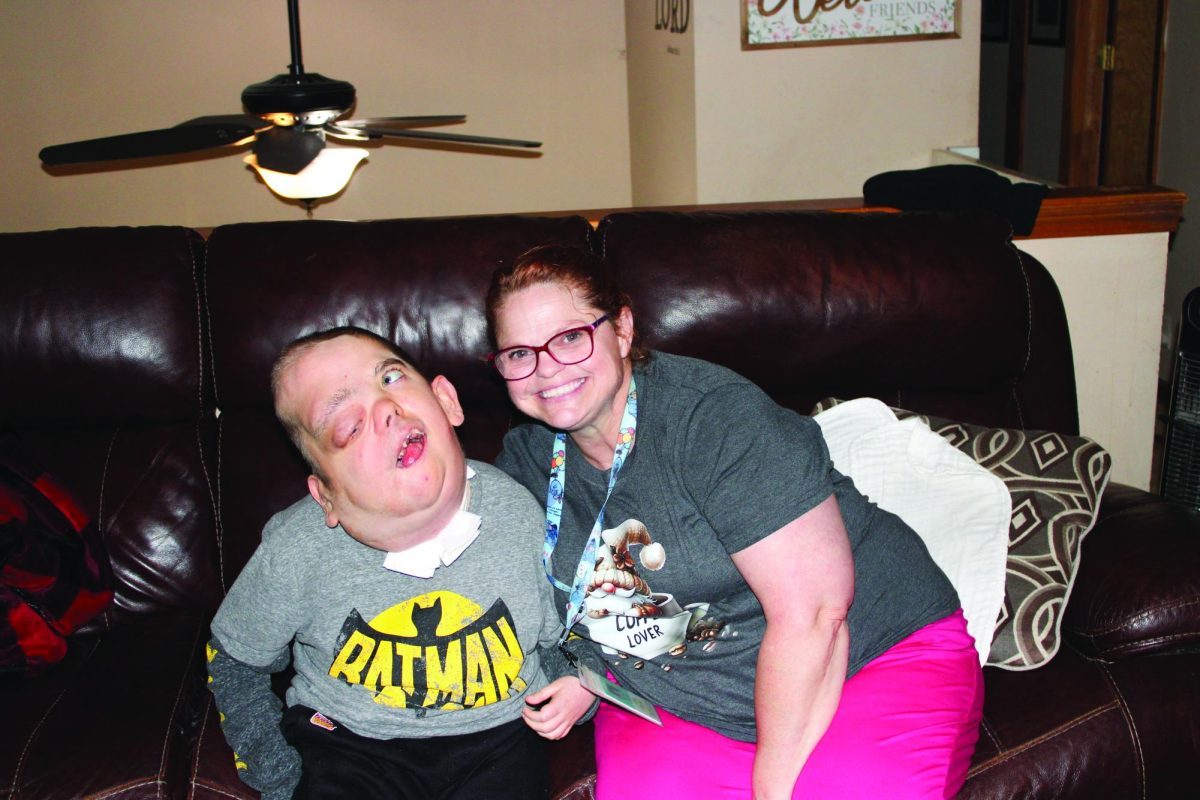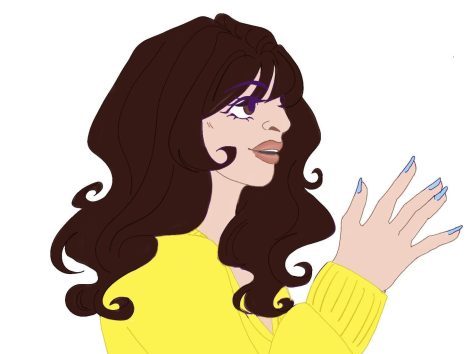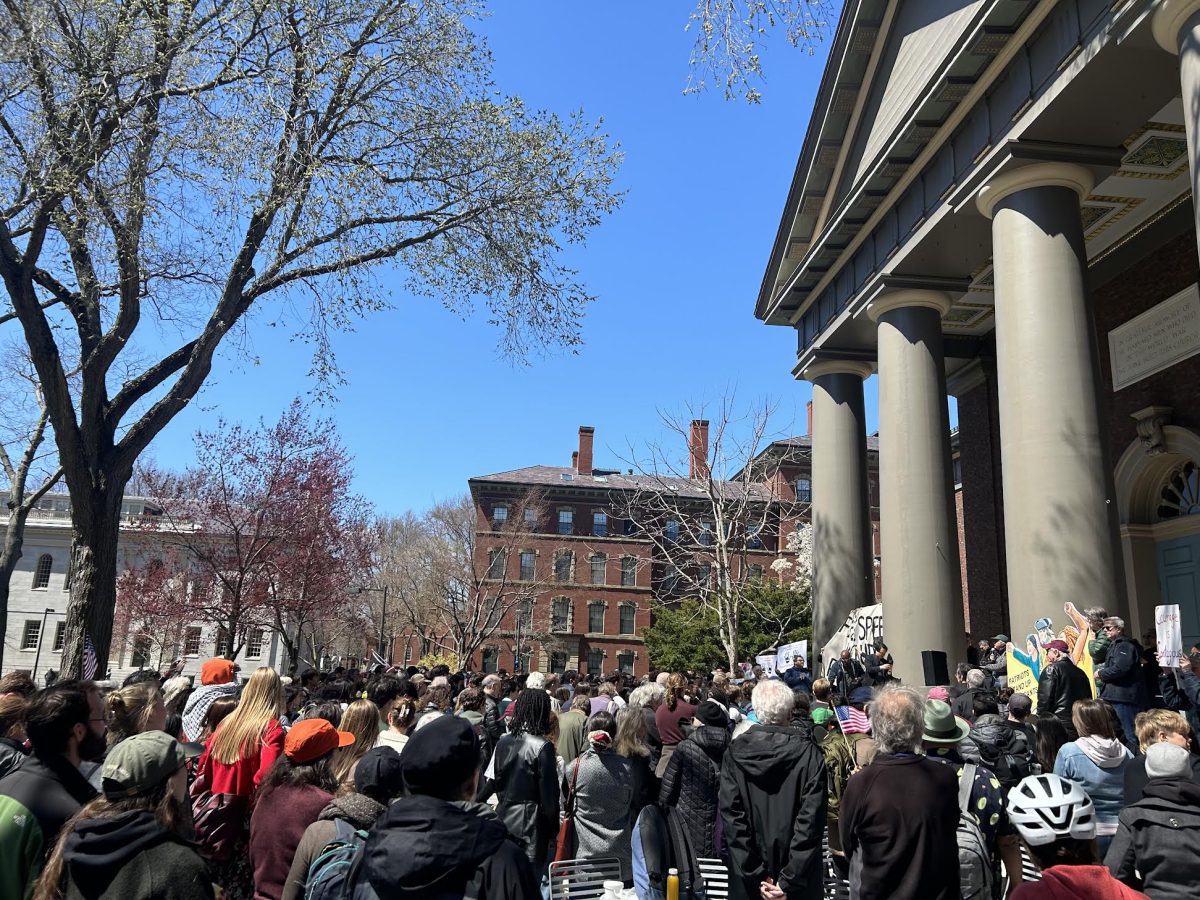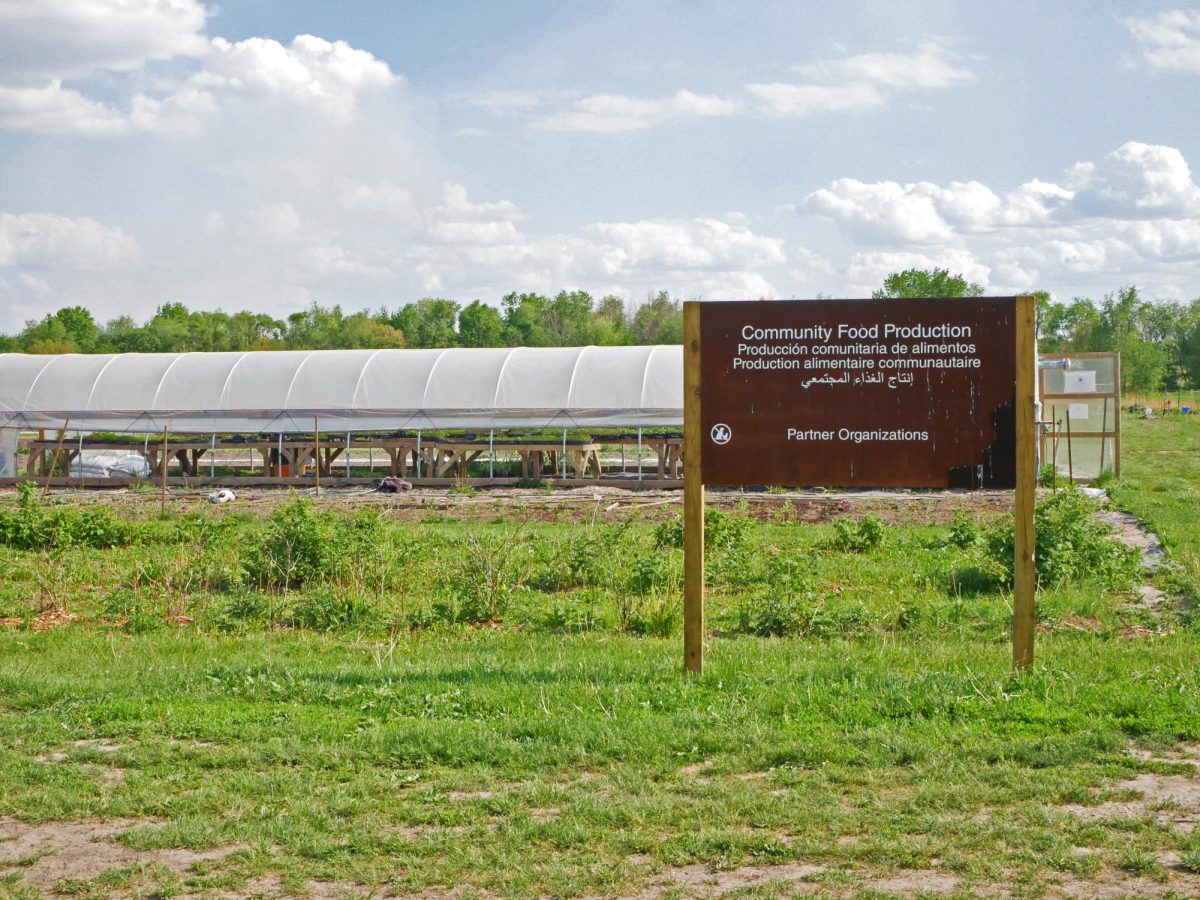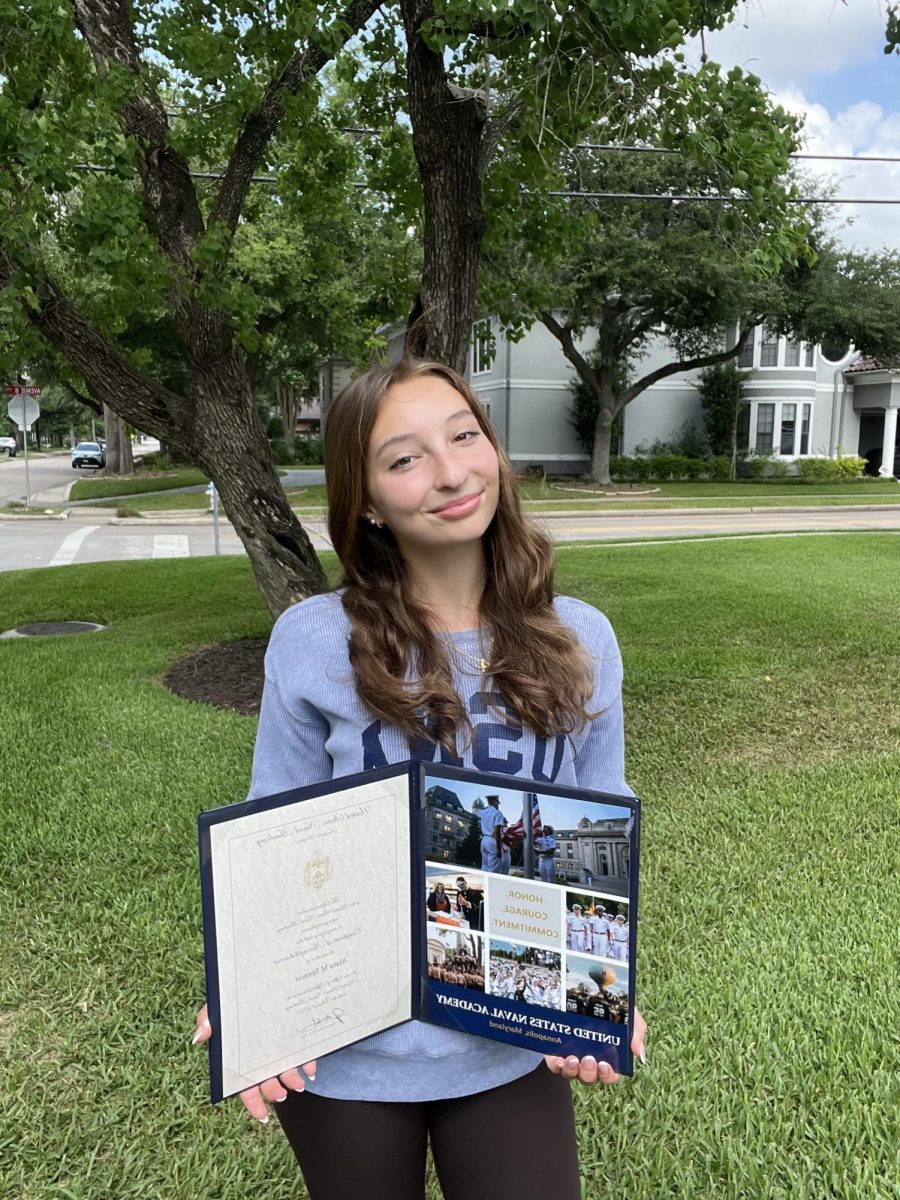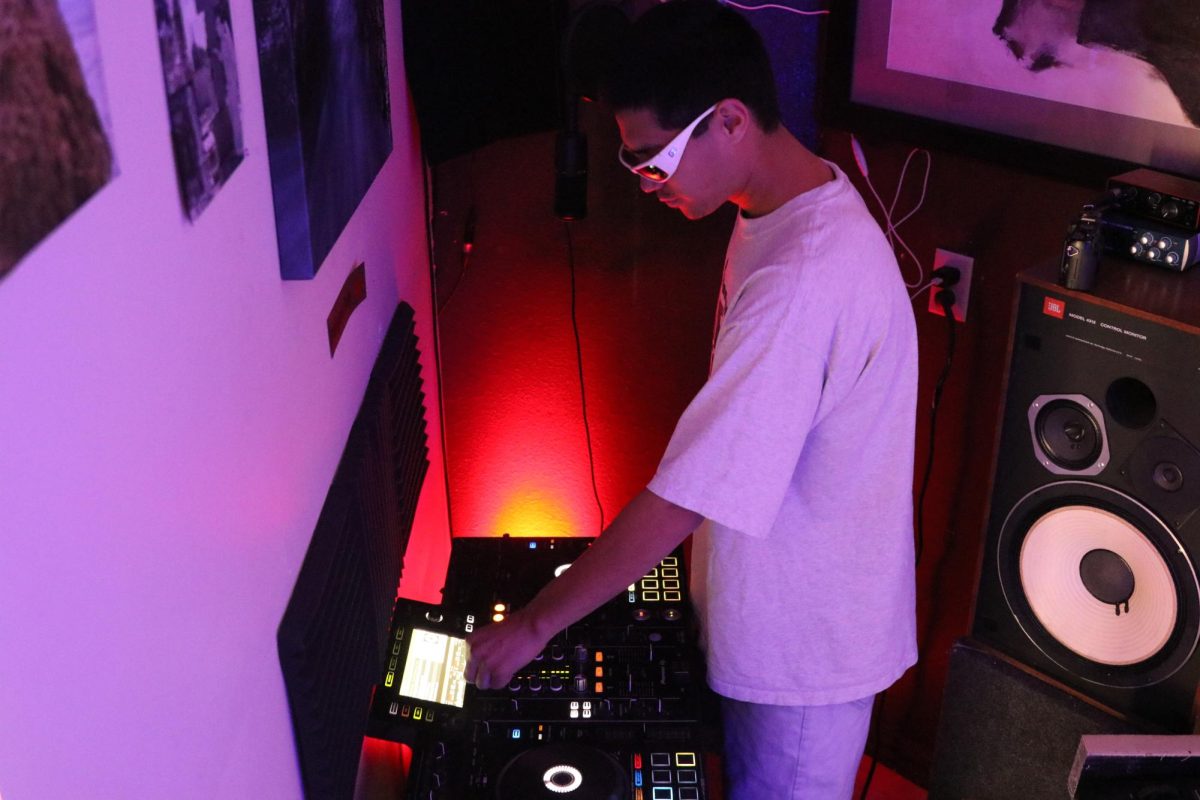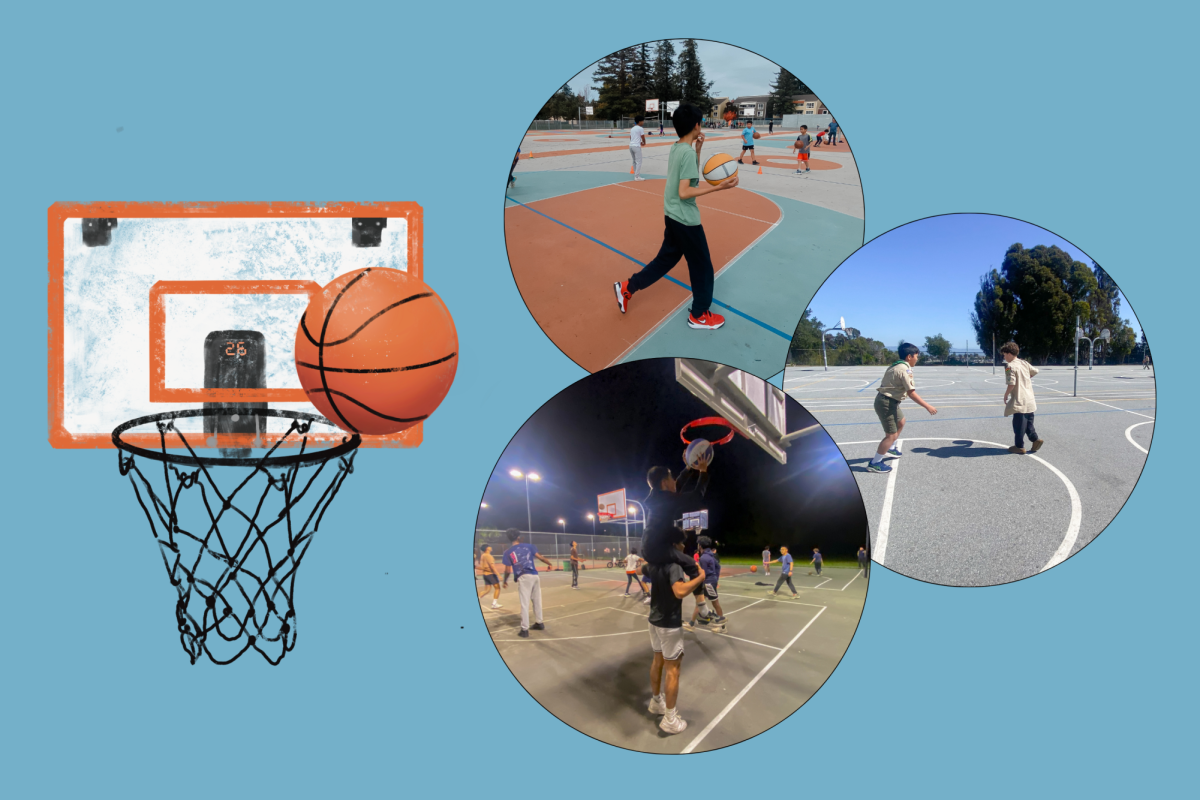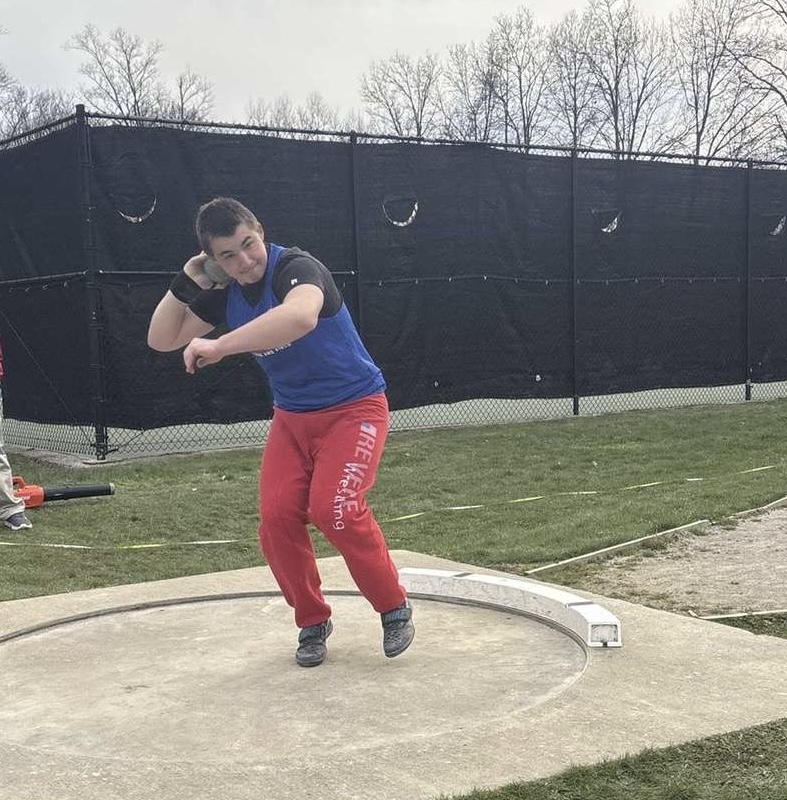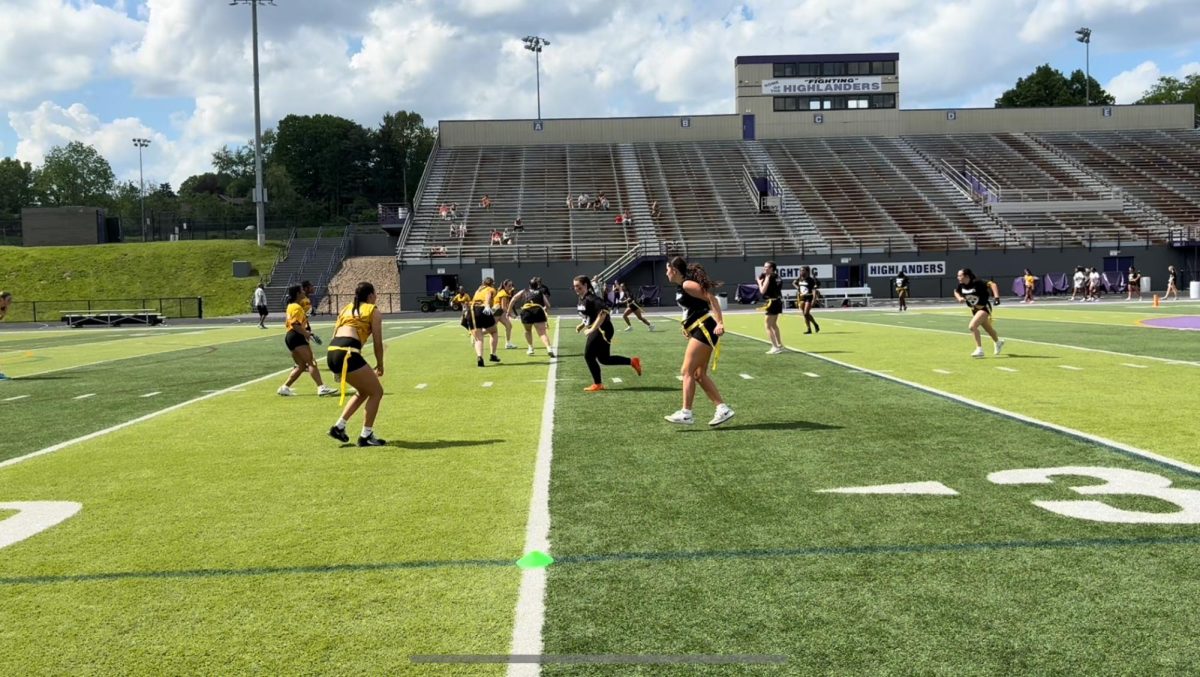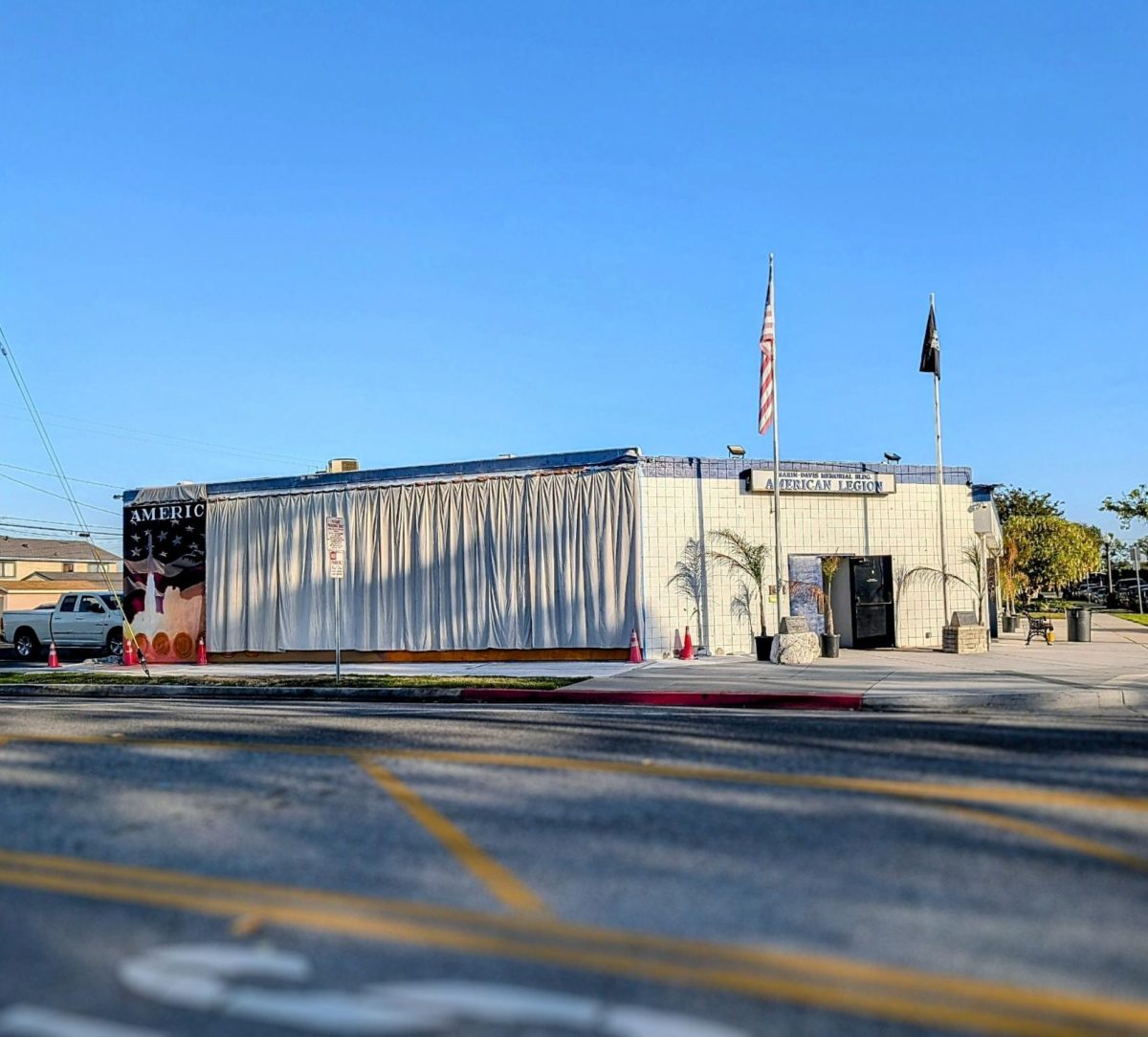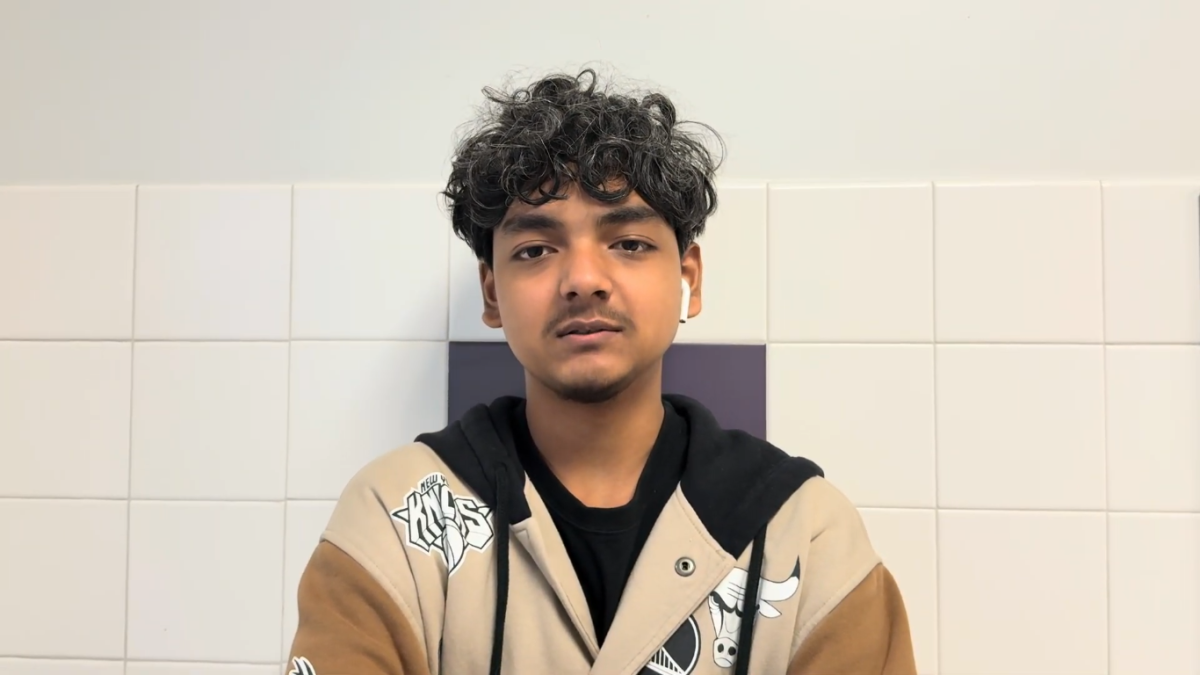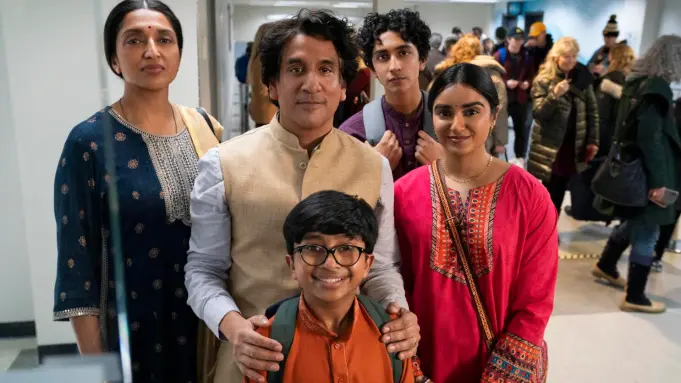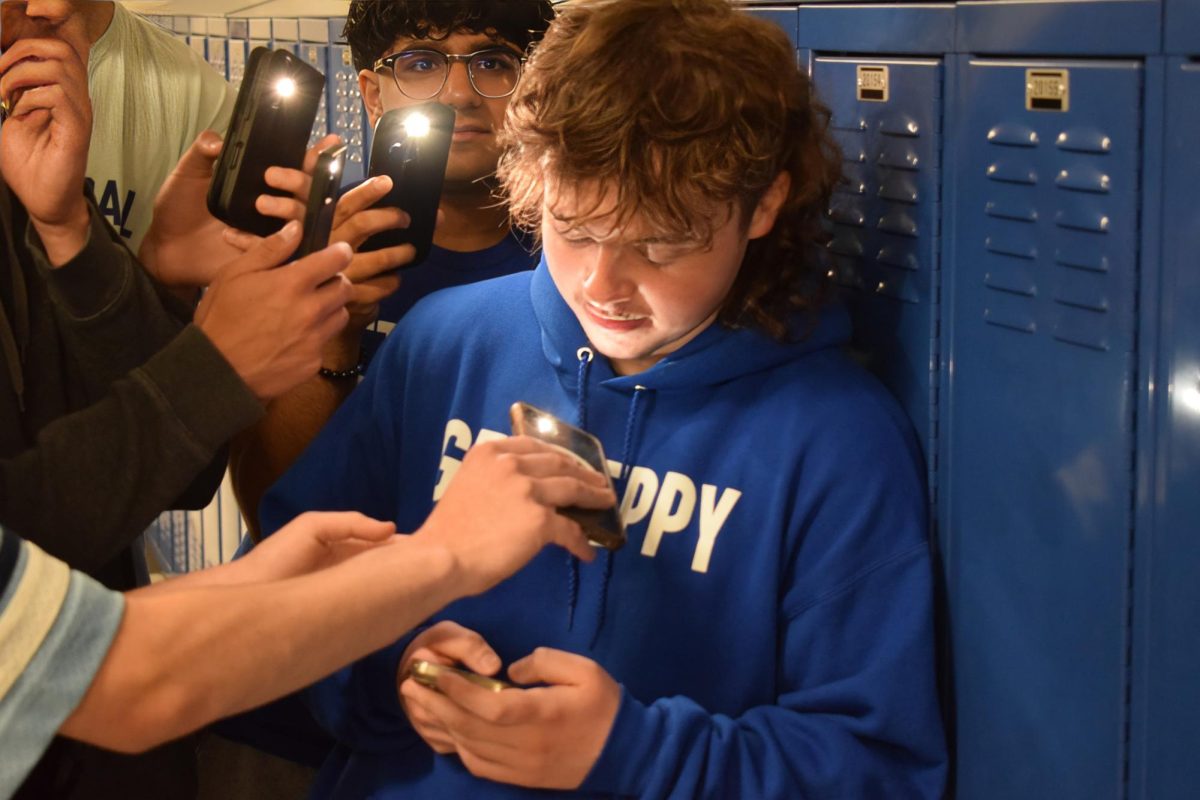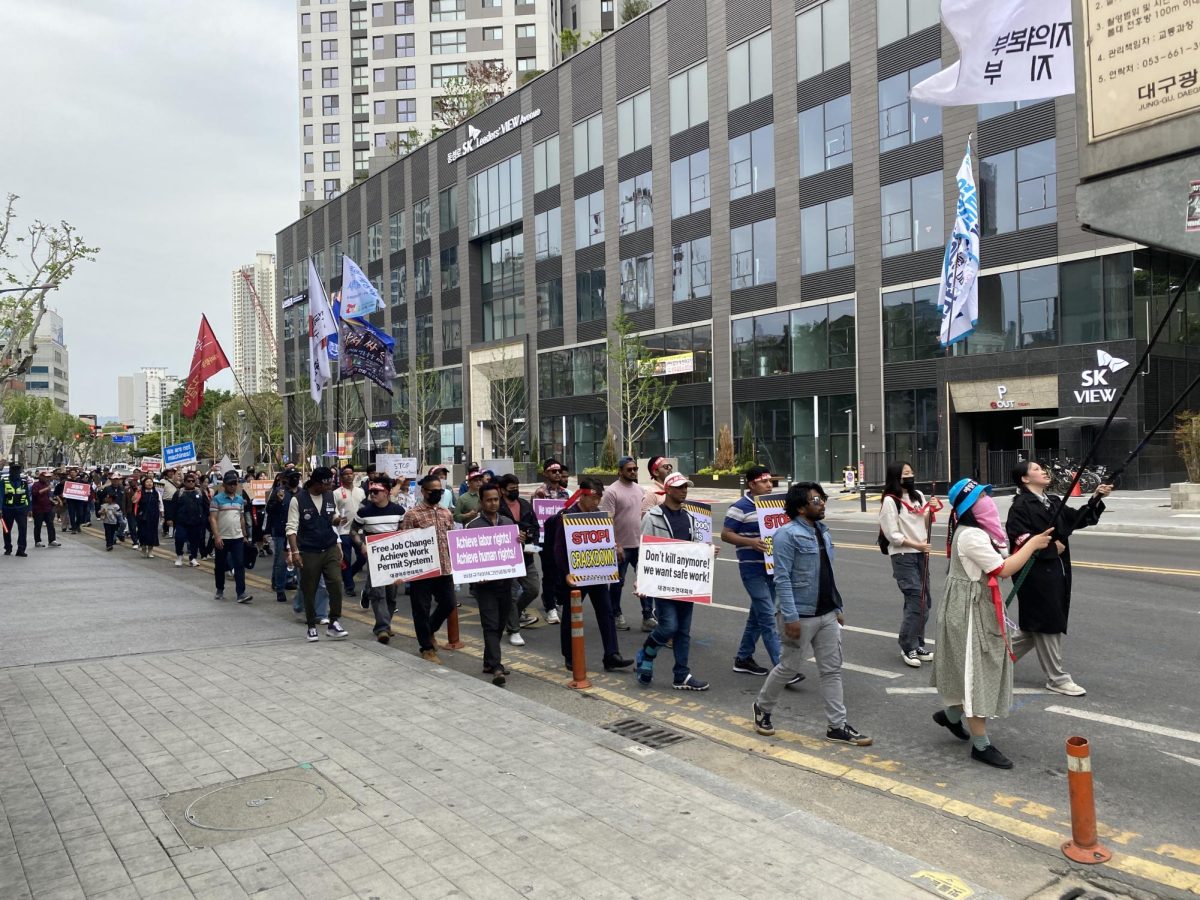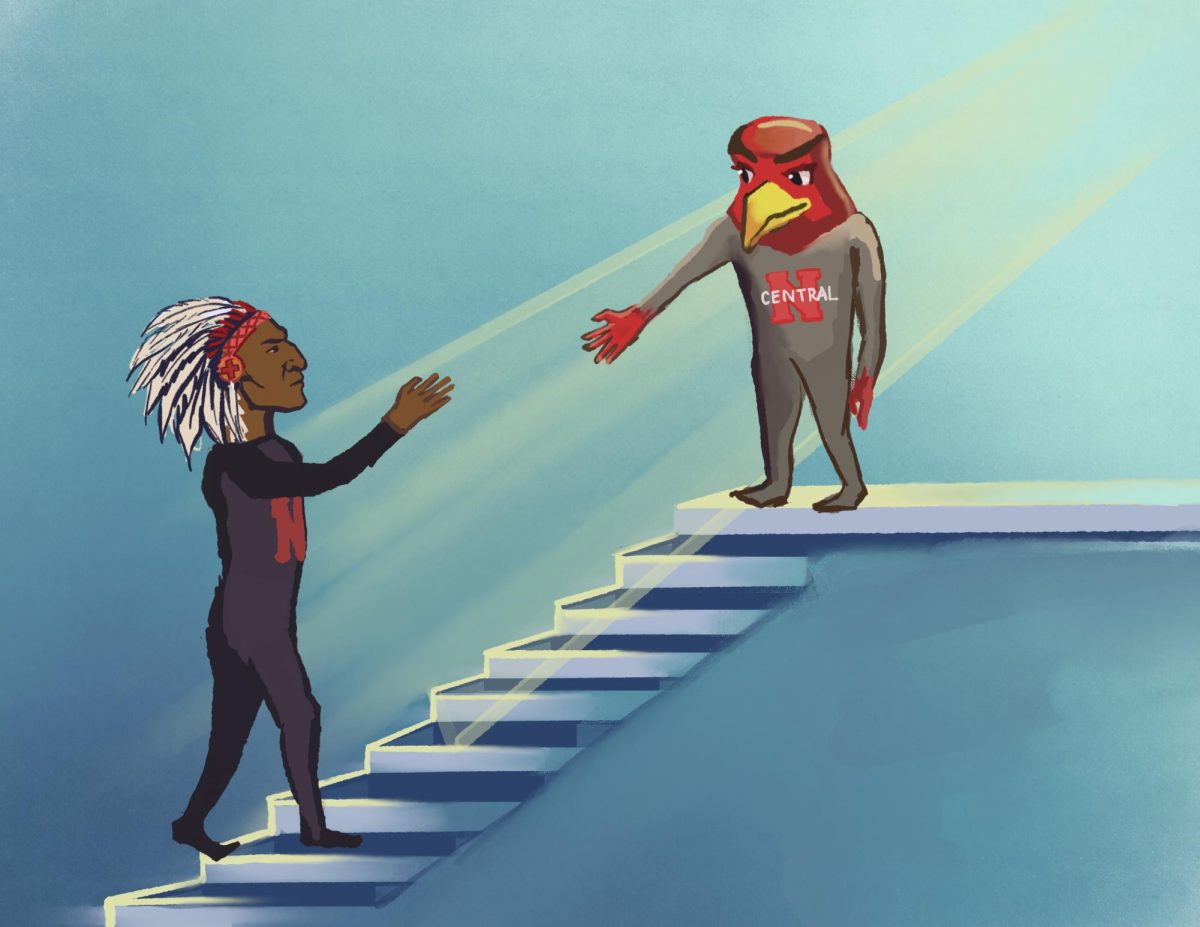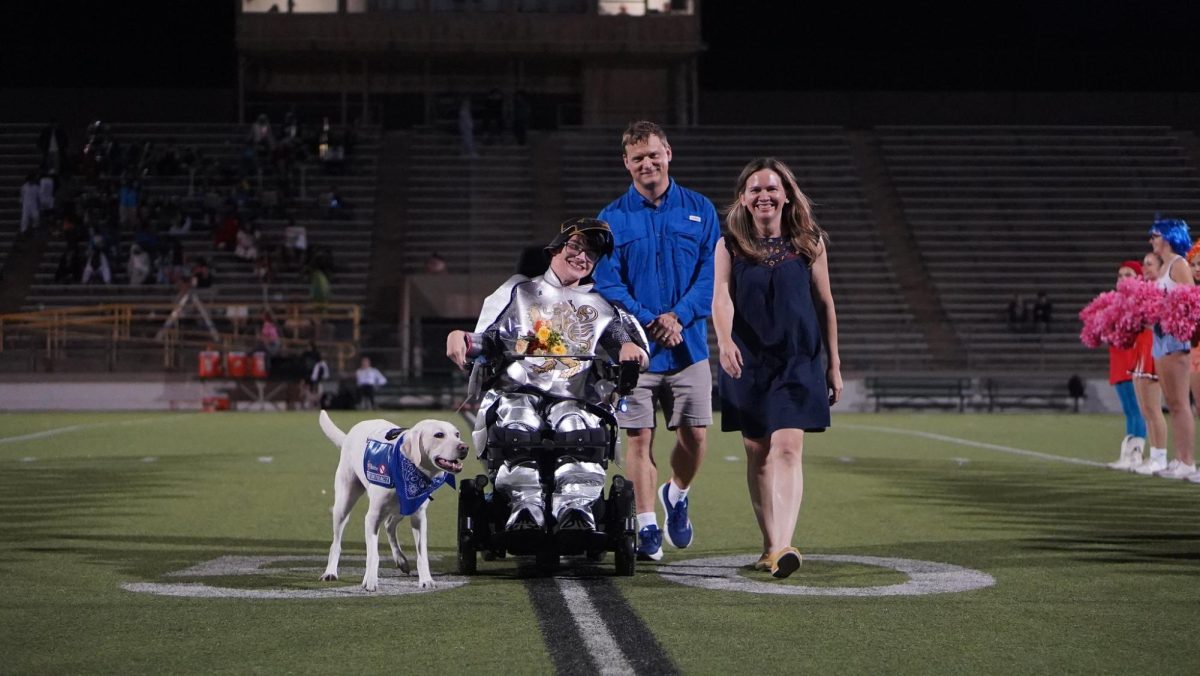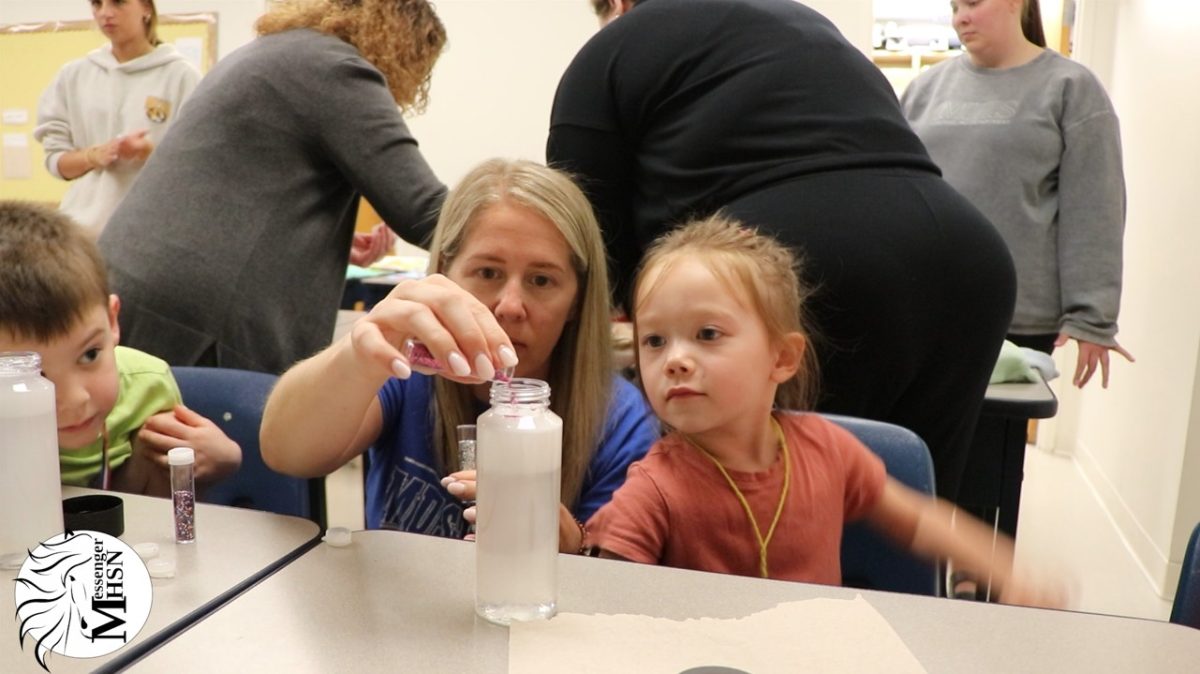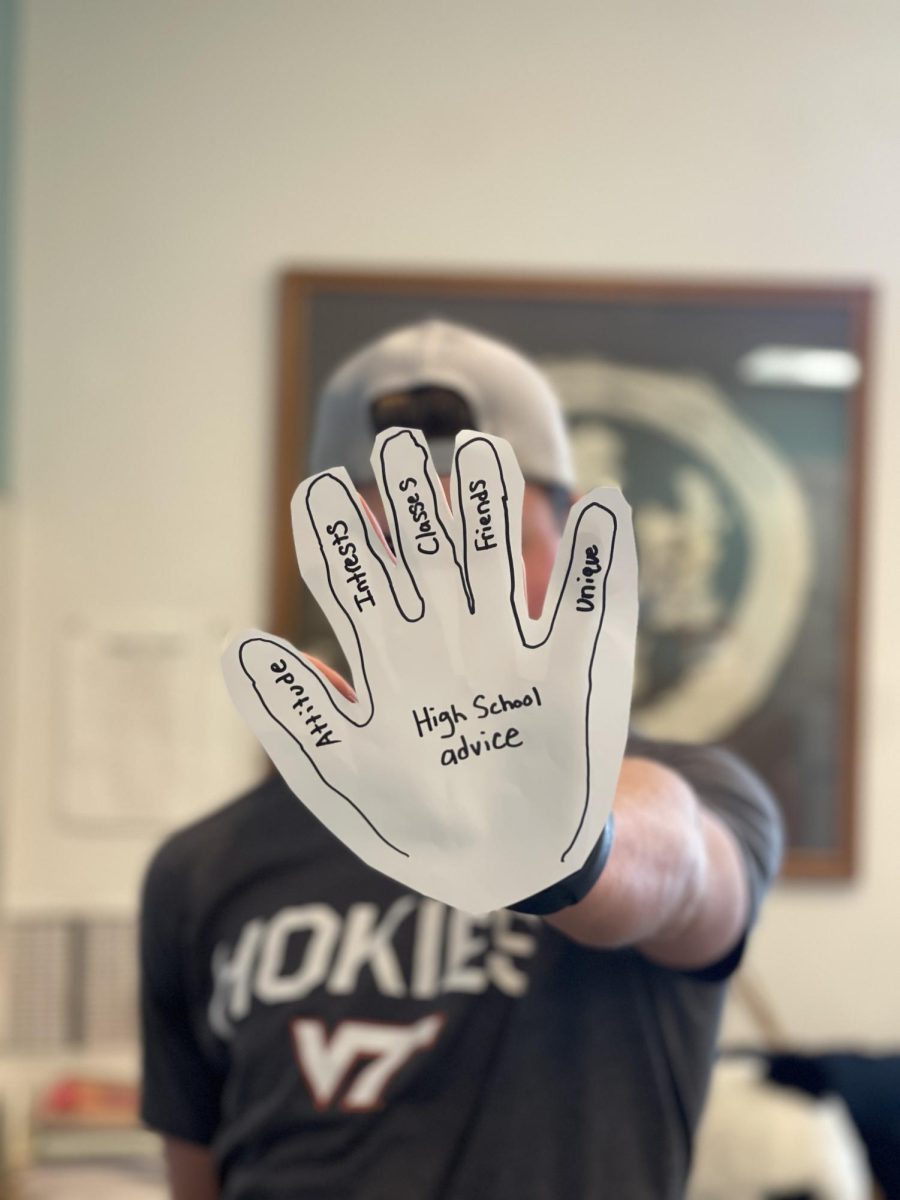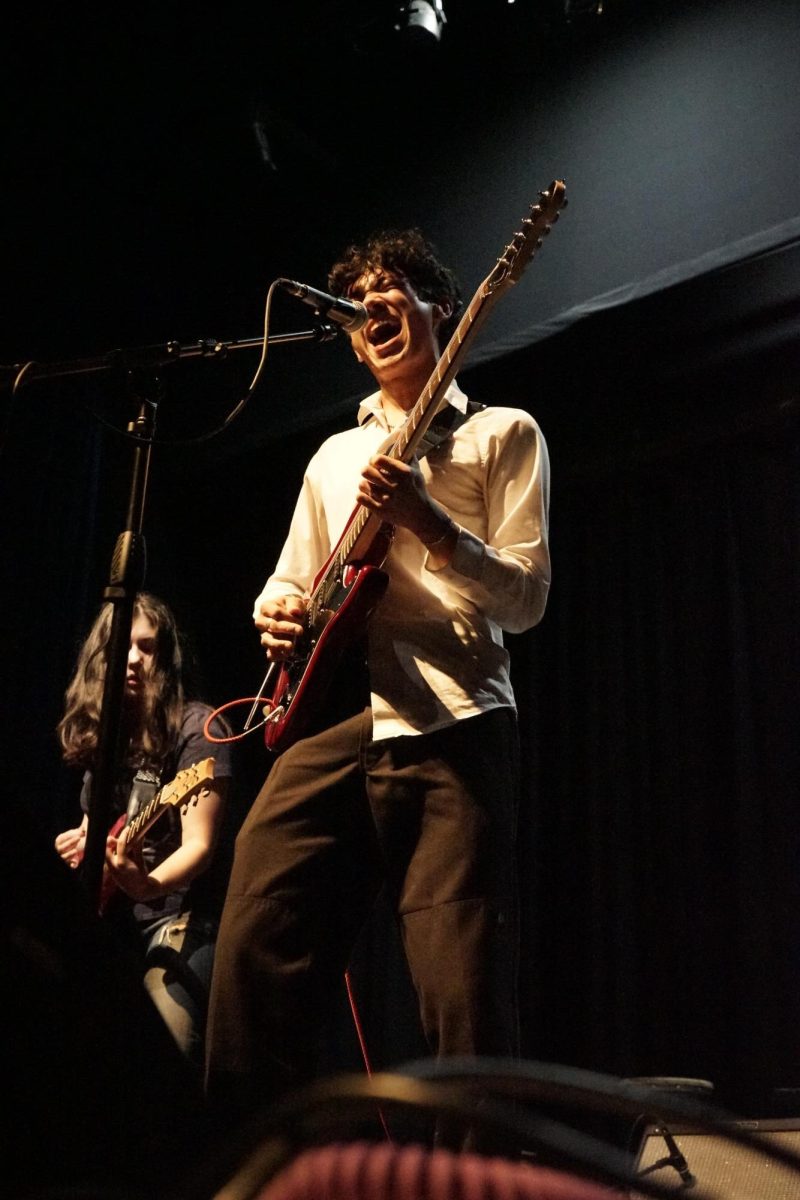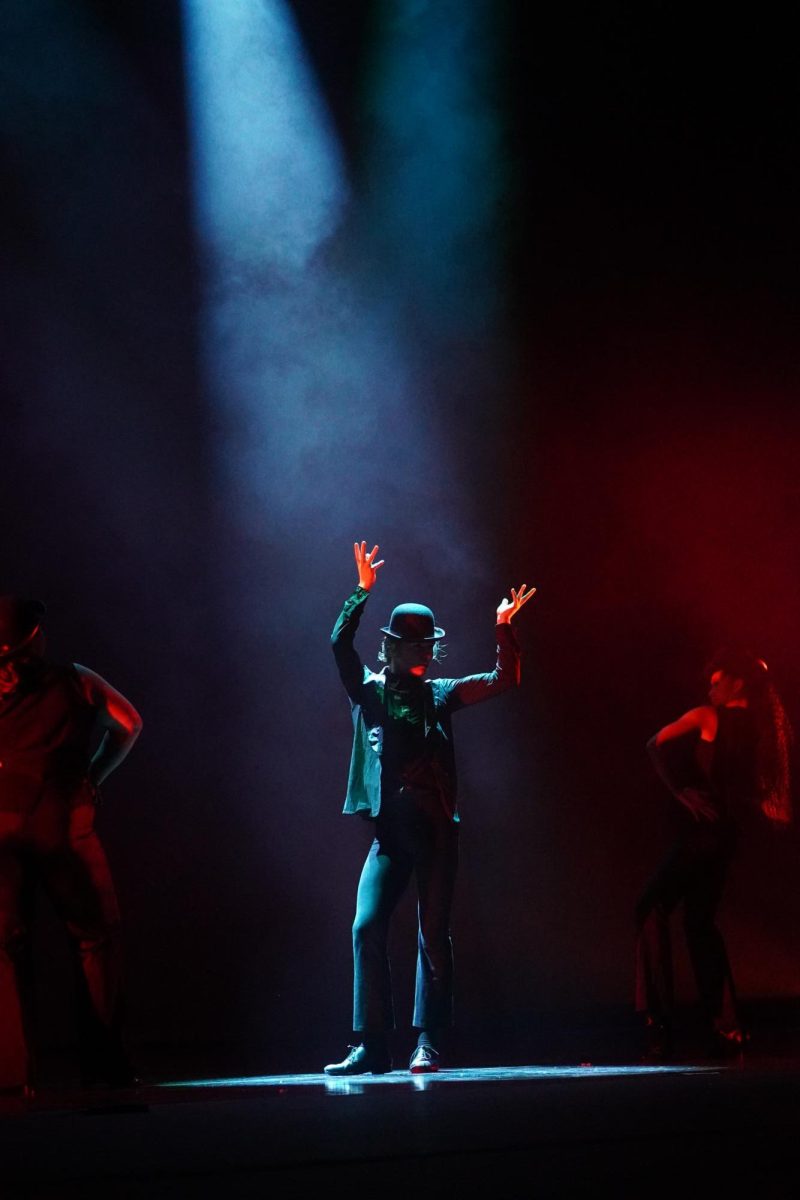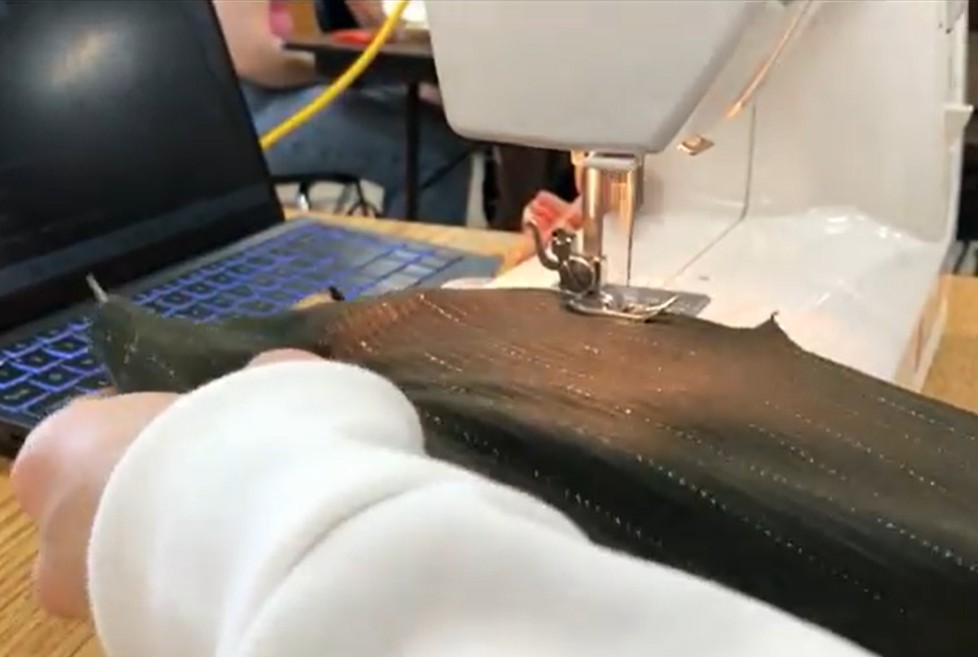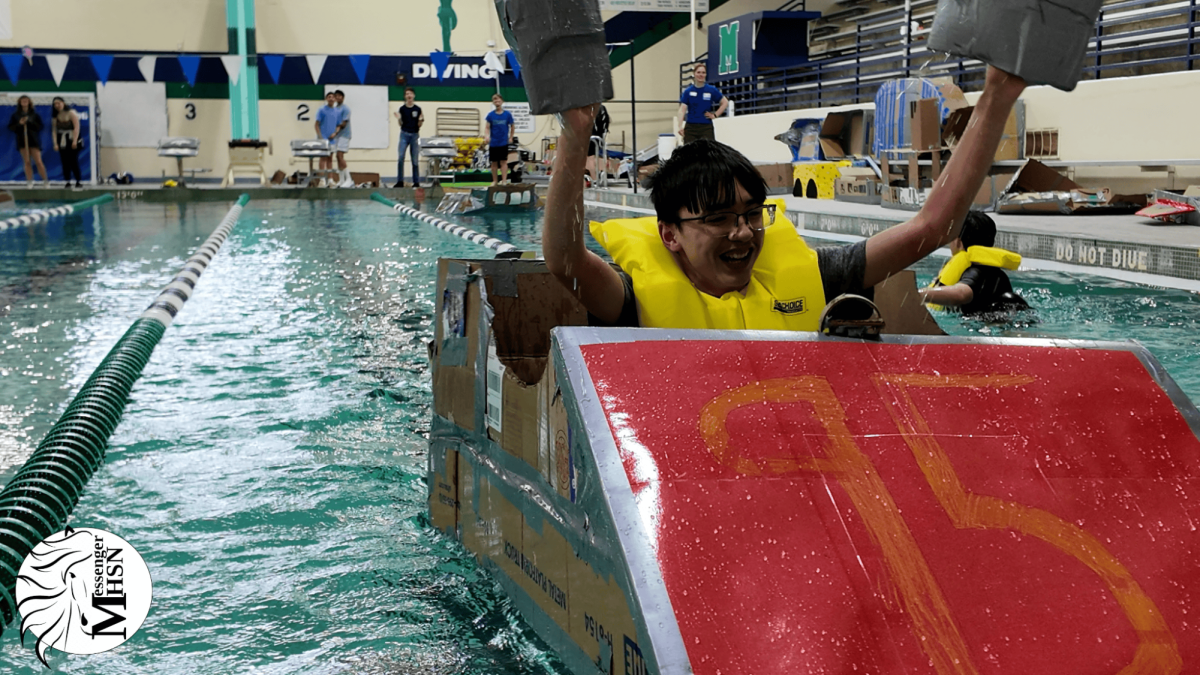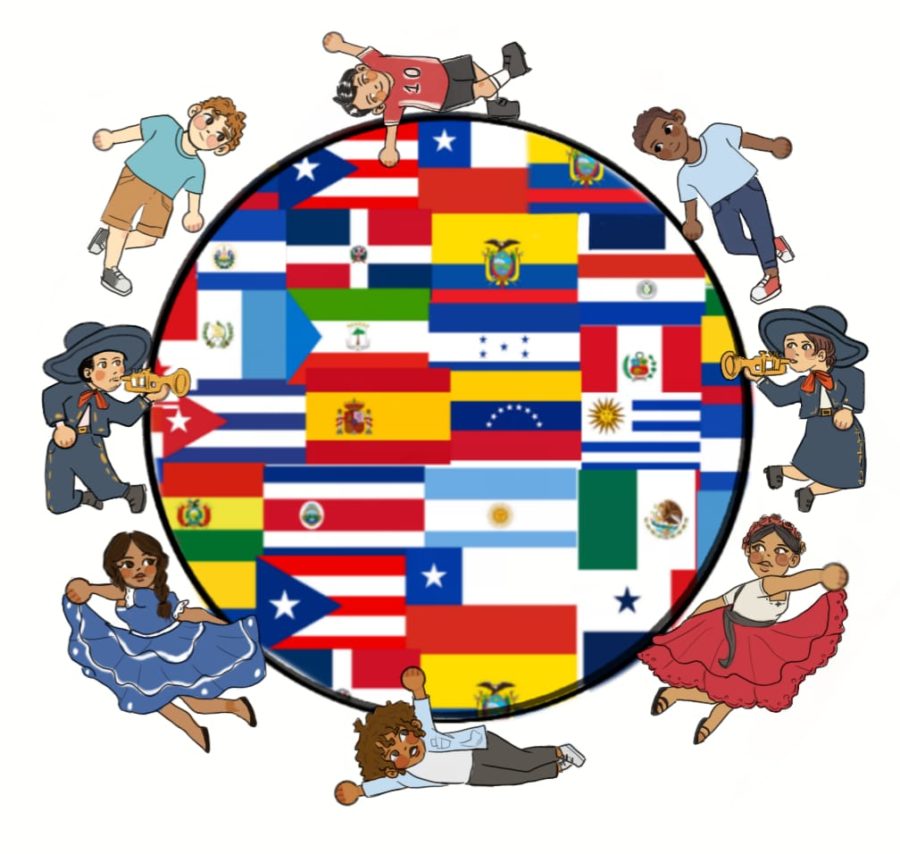Empanadas Argentinas, dough filled with meat or ham and cheese, cooked in the oven till golden and crisp. A savory aroma and taste that satisfies hunger, when sophomore Juan Karpow thinks of a good meal, this is the ideal. Karpow was born in Argentina and later came to the United States at the age of 9 for better educational opportunities to help him succeed in his future.
“We had struggled leaving Argentina since we were leaving behind our family, friends and all we had known,” Karpow said. “But after we got adjusted to this new life, we realized it was the best decision we took.”
Karpow admits that even if a lot of his culture has been cut out of his life, some still remains within him. He does not celebrate many traditional holidays; those that he does celebrate are done by making traditional cuisines.
“My mom makes milanesas a la napolitana, which are thin slices of beef dipped in a mixture of egg and breadcrumbs, fried and topped with tomato sauce, ham and mozzarella,” said Karpow. “She is the one who allows me to celebrate and recognize the cultural aspects of my country. Her cooking allows me to enjoy and remember the foods I knew.”
Hispanic Heritage Month was created as a way to celebrate those with a Hispanic background that contributed to the progress of American society. It was made as a way to learn and understand their culture and origins while celebrating diversity. This national holiday has been celebrated since 1968, lasting from Sep. 15 to Oct. 15. The culmination of art, history, achievements and people tie together a rich cultural community. Celebrating one’s origin holds a special importance to many students, as it shows pride, amazement, and identity towards their home.
“My origins and culture shows me as a whole: my family, the history and all the opportunities it opened for me,” Karpow said.
Importa la Familia (Family matters)
Family background and history has always been tied to culture. Freshman Angelina Aragon has not only been shaped by her immediate family, but also by the influence of her ancestors. She was born in the U.S. but moved to Colombia at age 2, where she was raised by her mom, aunts and grandparents. She was 8 when she went back to America to live with her dad.
“Being able to bring my mom is my goal as of now. I want her to see that all the sacrifices she made for me over the years were worth something,” Aragon said.
In Hispanic culture, families typically sacrifice a great deal for the success of their children.
“My mom would stay up late at night learning English so she would be able to teach some to me. She gave all custody to my dad and sent me to the U.S. to have a better life,” Aragon said. “She worked hard to make sure I would be able to be where I am now.”
Aragon makes sure that even across long distances, her family is able to be a part of her life by sending pictures and calling via FaceTime every other week.
Deportes y Apoyo (Sports and support)
Everyone demonstrates their heritage differently, but for sophomore Gabriel Gonzales, soccer is one of the most important aspects of Puerto Rican expression. Born and raised in Puerto Rico, Gonzales later moved to the United States to start a new life. His passion for soccer started in his native land and due to his family’s support he has been able to continue playing, developing a passion rooted deeply in support, familiarity and emotion.
“I feel the sensation of support when my family is watching, which gives me motivation to keep on playing,” Gonzales said. “Every single time I’m on the field I think of my family and my country, it represents me and really all I do is for them.”
Gonzales is currently playing in Florida Kraze Krush Soccer Club. He has won 50 medals and 20 trophies. Although he prefers to base his success on progress, he hopes to one day be able to play at both the college and professional level.
“My goal is to get into a professional soccer team in order to show gratitude towards my family’s support,” Gonzales said.
Reconociendo el Arte ( Recognizing Art)
Freshman Marcela Carrasco considers art one of the most influential parts of her culture. She was born and raised in Mexico and moved at age 9 due to work opportunities her father was given.
Carrasco was first introduced to art by her mother and ever since she has had a love for mesoamerican art, indigenous artesania, and embroidery.
“One of the artists that has specifically influenced my art is Frida Kahlo, mostly because of her meaningful art such as ‘The Two Fridas,’” Carrasco said.
. The piece serves as an inspiration to Carrasco, as it expresses the stark contrast between her indigenous and European personas.
“The way everything from color, technique and meaning to art is reflected with what I create,” Carrasco said.
This story was originally published on Hagerty Journalism Today on September 28, 2021.

